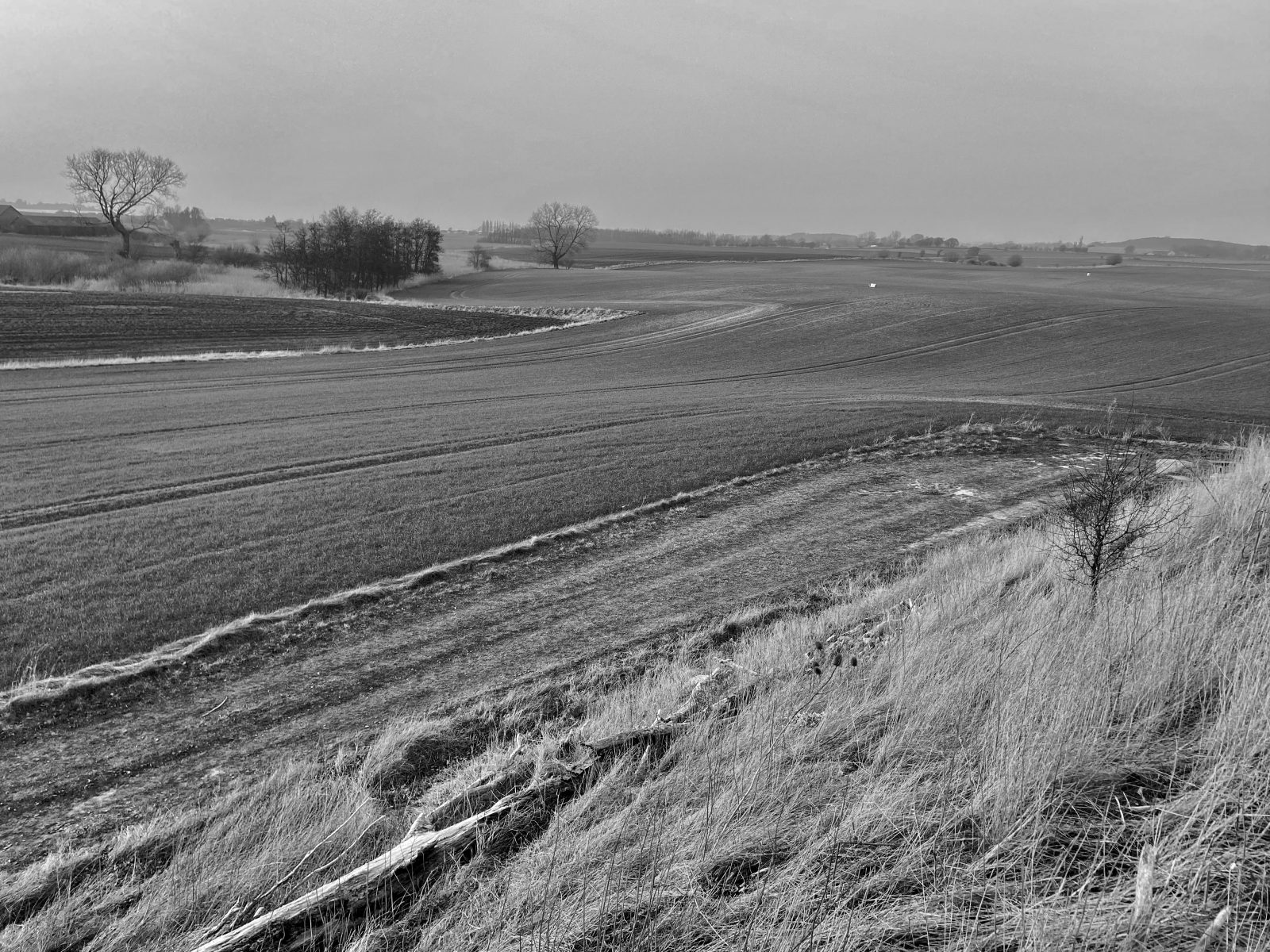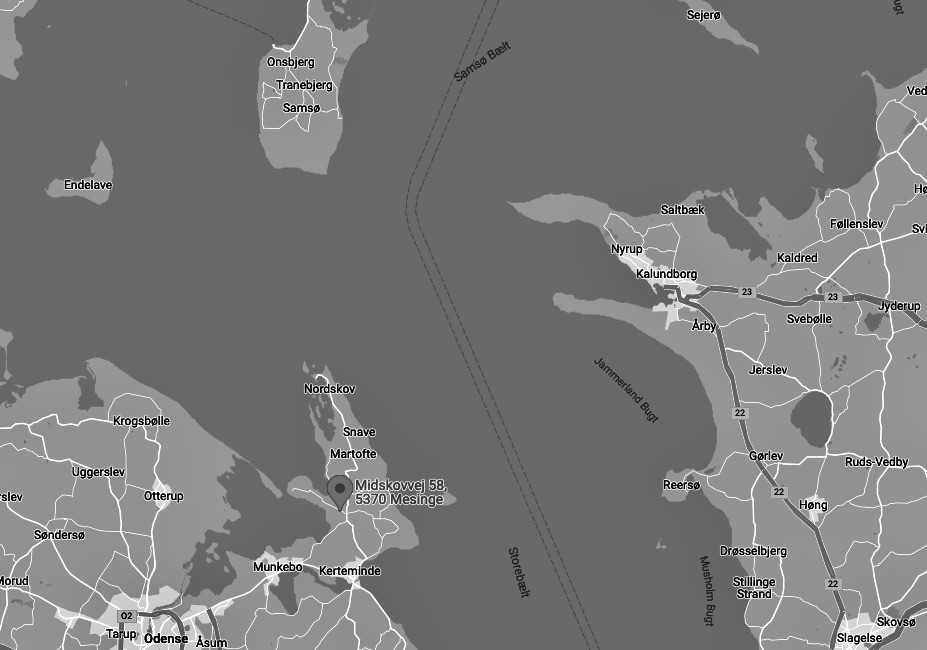The Grass Field Institute for Contemporary Listening
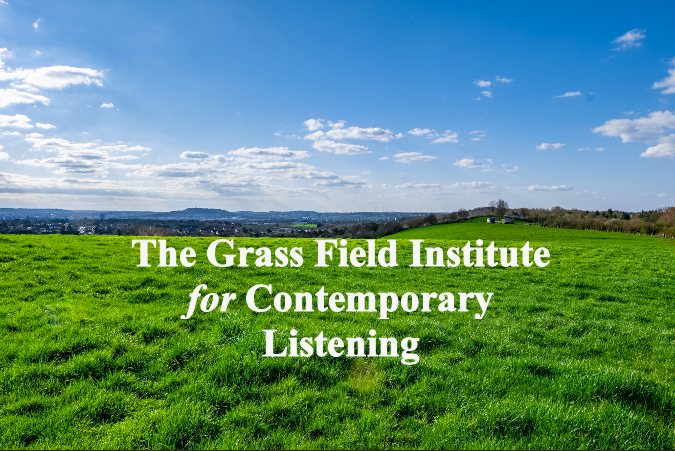
The Grass Field Institute for Contemporary Listening is an attempt concept.
The following is an attempt to frame this concept.
The premise of the institute is the research formed by questions such as; what is listening as a way of being, growing and connecting; what is the implications of listening and what does it really mean to listen; what is site-specific-listening in the case of the grass field; what kind of agency for contemporary listening do a grass field hold? – and how can ‘we’ interact with this agency in the attempt to listen?
The Grass Field Institute for Contemporary Listening consists of an actual grass field claimed to facilitate a ‘particular’ enabling for contemporary listening.
The Grass Field Institute for Contemporary Listening is located at Midskovvej 58, 5370 Messinge, Danmark (the northern part of the island Fyn).
To be put in contact with a caretaker please contact Bureau for Listening via:
Phone number: 0045 4021 2007
Email: bureauforlistening@gmail.com
A search for site-specific listening places. Bureau for Listening is as part of the Grass Field Institute for Contemporary Listening collecting places for site-specific listening. If you have a place you would like to share, and perhaps add to the institute’s archive and practice, please send us an email with a description of the site-specific listening you have experienced on site, the precise location, and perhaps a photo. We hope one day to be able to share an archive or guide with places for site-specific listening.
Explore some of the institute’s projects here:
—
The Big Welcome – for The Grass Field Institute for Contemporary Listning
—
The tree will still be listening long after you’ve passed by
—
—
—
An Inaccessible Site for Listening
—
The Grass Field Conference for Listening
—
Scores for Contemporary Listening at The Grass Field Institute for Contemporary Listening
—
—
—
—
In what ways does listening to the grass field disorientate you?
—
IF A TREE IS SURROUNDED BY AN ASPHALT PARKING LOT DOES IT MAKE A SOUND?
—
Listening Where We Are: The Poetics of Site-Specific Listening
—
Invitations for The Grass Field Institute for Contemporary Listening
—
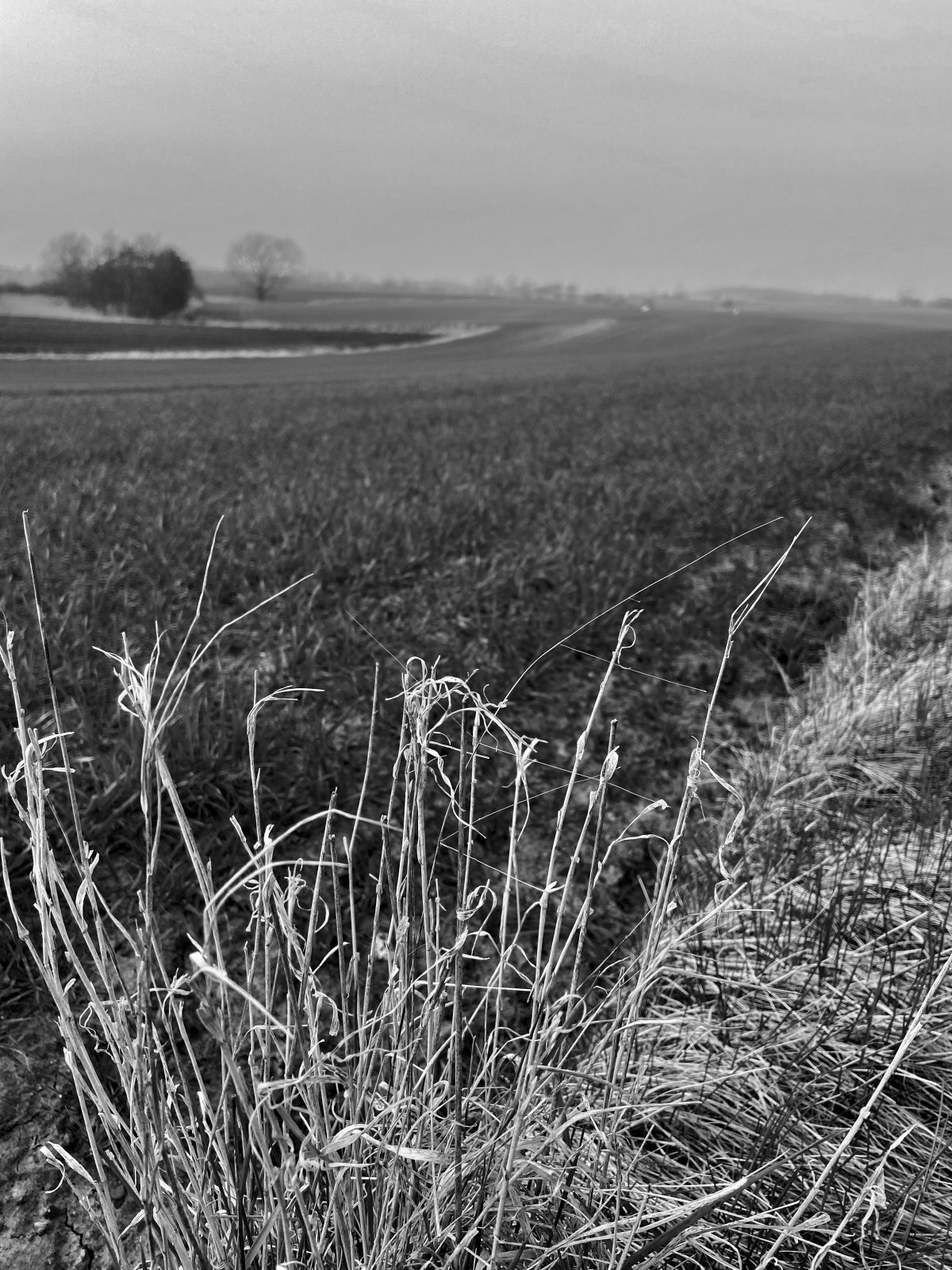
Intermezzo:
“To learn the stories of stones, geologists might use the insights of ethnographers and poets. In her poem “Marrow,” writer Ursula Le Guin urges us to listen to stones without forcing our will on them. Might such listening be necessary to know the Anthropocene?”
From the introduction of Arts of Living on a Damage Planet, 2017.
There was a word inside a stone.
I tried to pry it clear, mallet and chisel, pick and gad,
until the stone was dropping blood,
but still I could not hear
the word the stone had said.
I threw it down beside the road
among a thousand stones
and as I turned away it cried
the word aloud within my ear
and the marrow of my bones
heard, and replied.
Ursula K. Le Guin
This is most of all a concept, and just that, but if you do have any questions on site, at the actual grass field, we kindly ask you to contact us, and we will put you in contact with one of the close by caretakers, who will help you.
The Grass Field Institute for Contemporary Listening wishes to invite you to participate in its ongoing research on site, and you are welcome to ask for listening guidance, elaborative insight into its research, or just a moment of peace on your own. Be aware that all these activities will happen on the premise of the grass field, and we unable to take responsibility for any of them.
This is a concept advocating for, what we would like to call ‘site-specific-listening’ – that a specific site activates/makes possible a sudden kind of listening. That the particular site holds an agency over the listening act, the listening being. The listener on-site can therefore experience an expansion of listening, an expansion as a listening being – experience a specific site sensitive listening entanglement. We would like to make a reference to the concept of site-specific art in the case of the Grass Field Institute for Contemporary Listening.
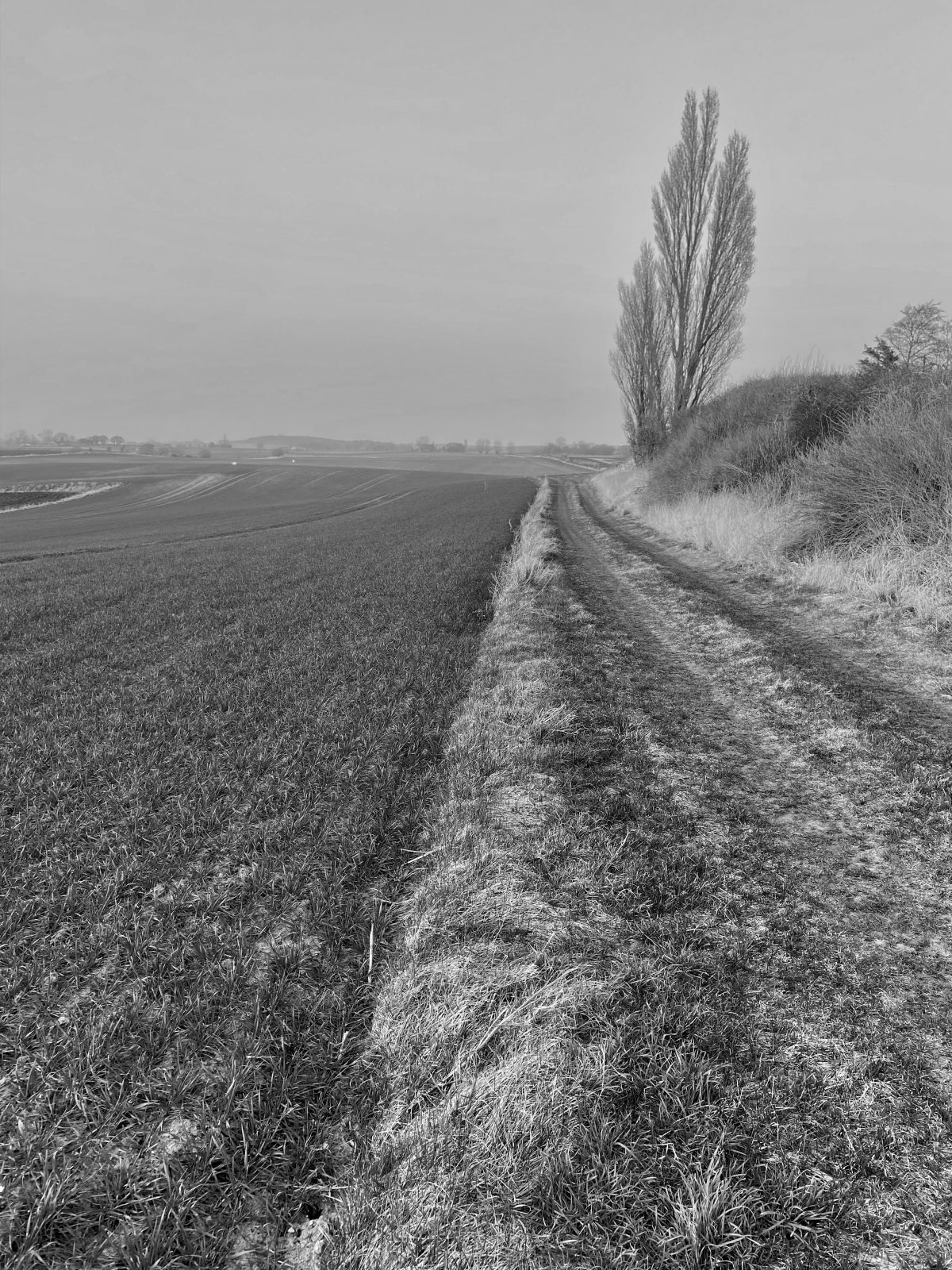
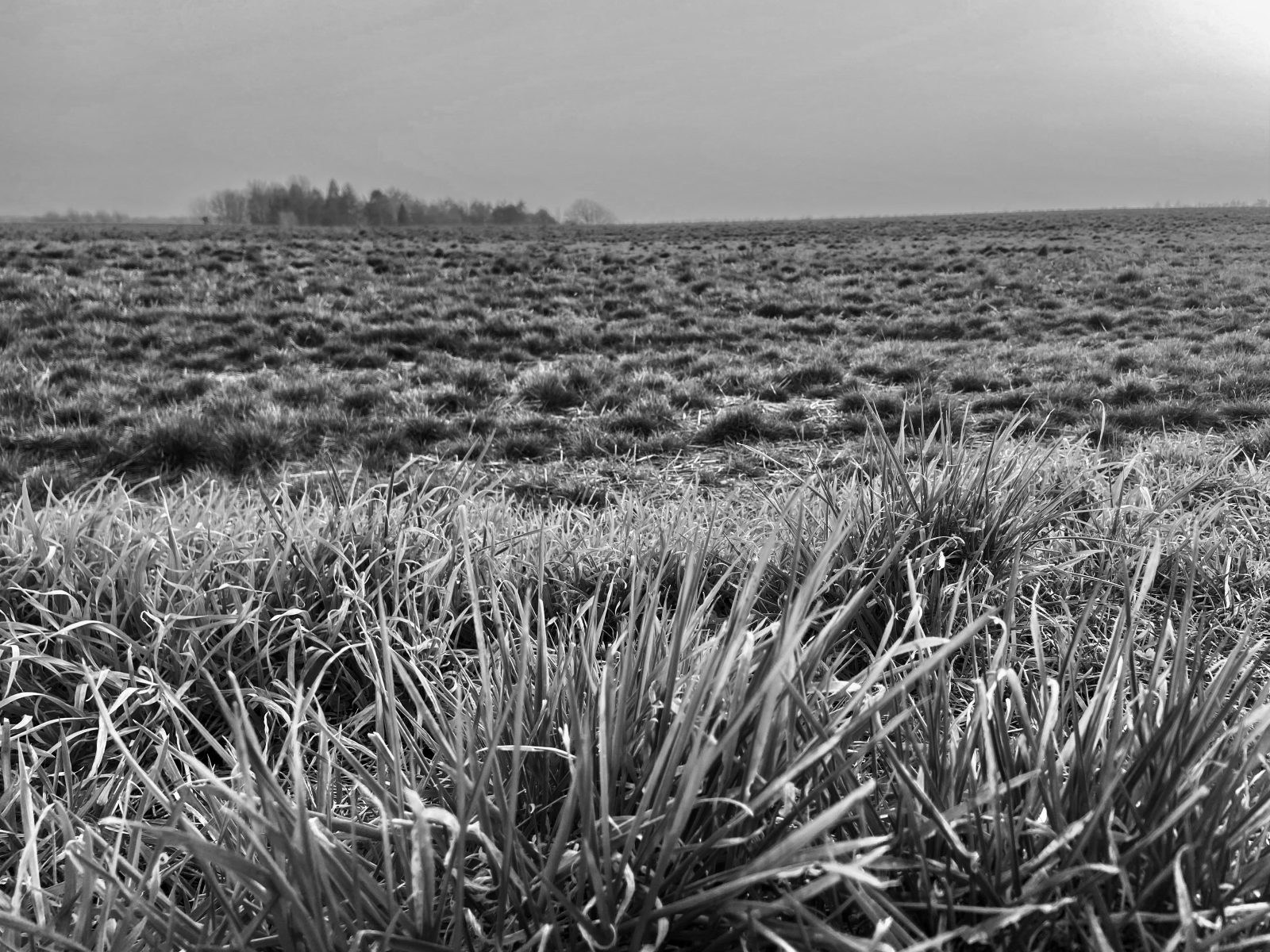
To be a spirit and float lightly as a wind over the grass field
To be a wind unable to hear one’s own whispering
To discover new perspectives, to go on and on, deeper and deeper,
